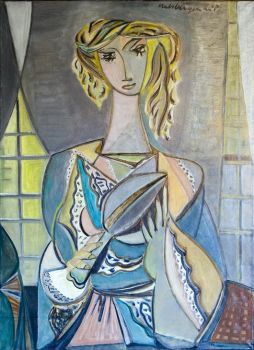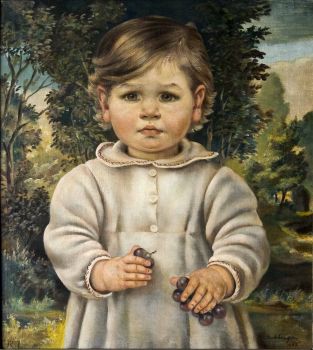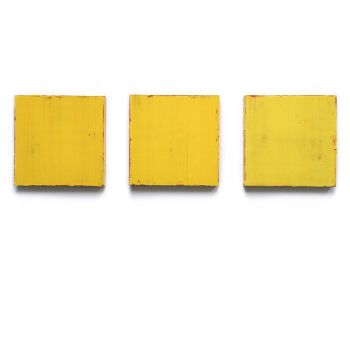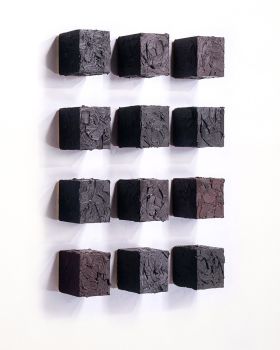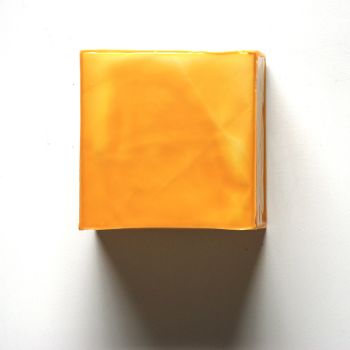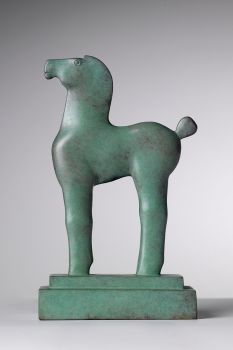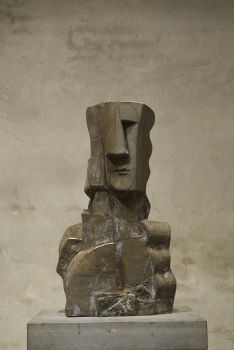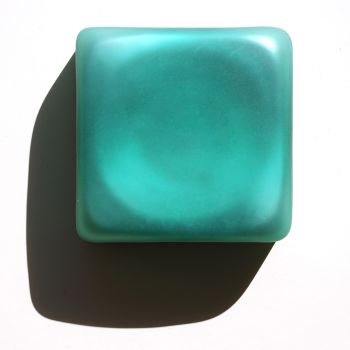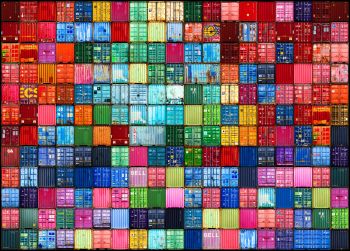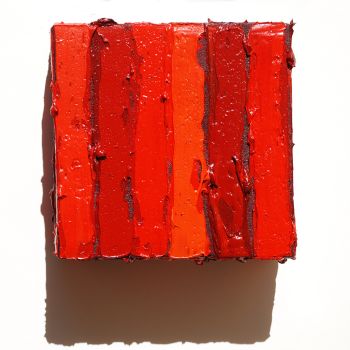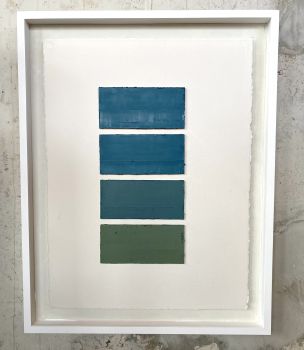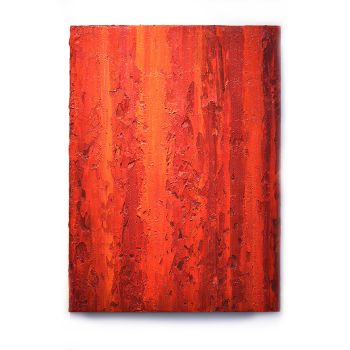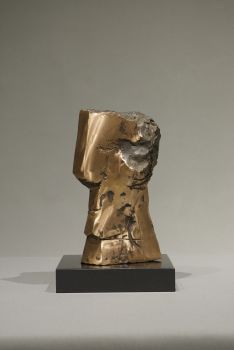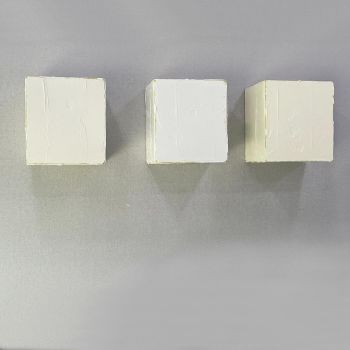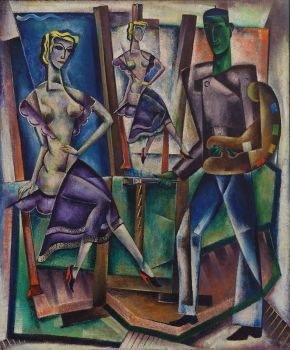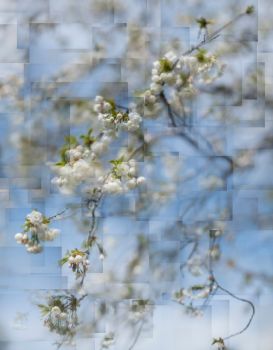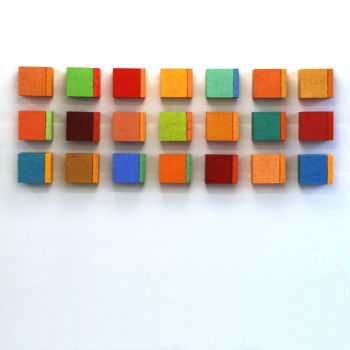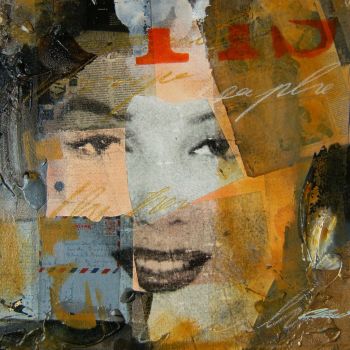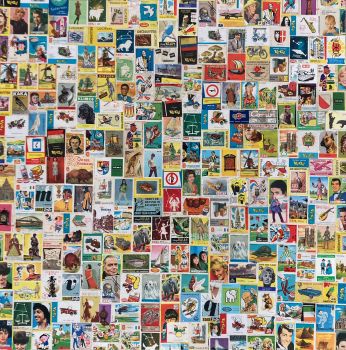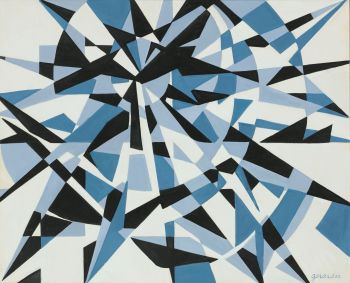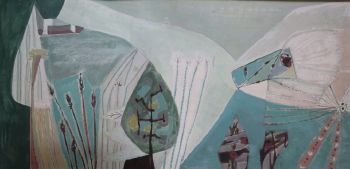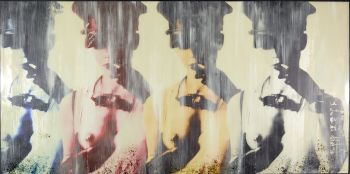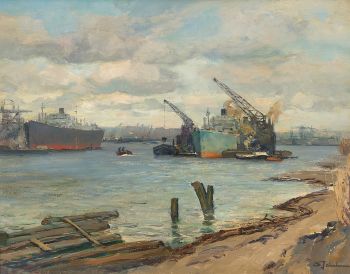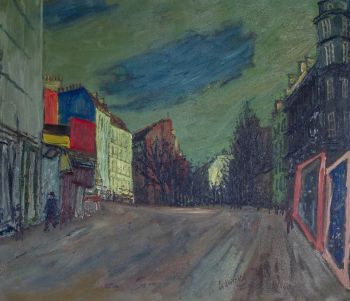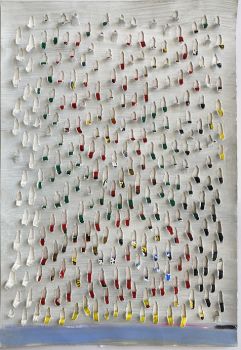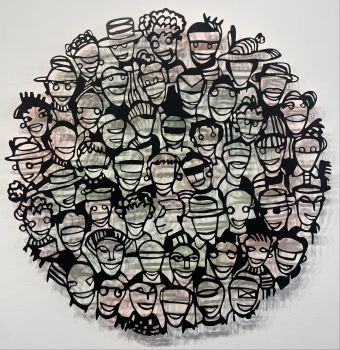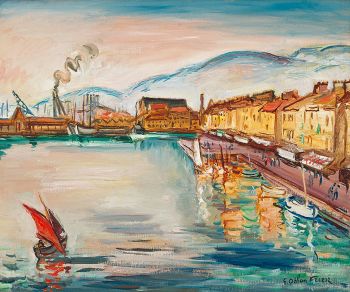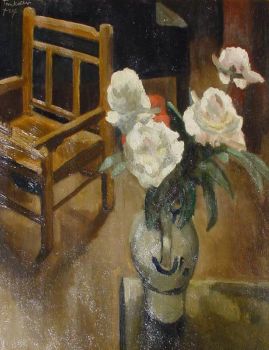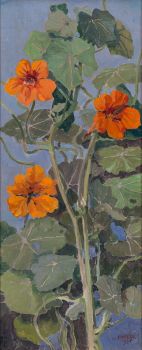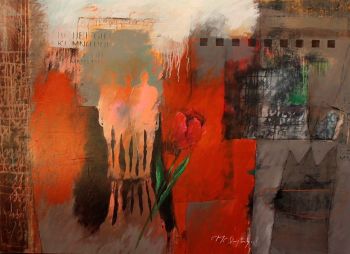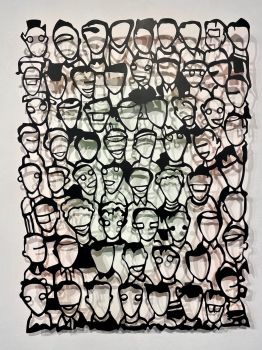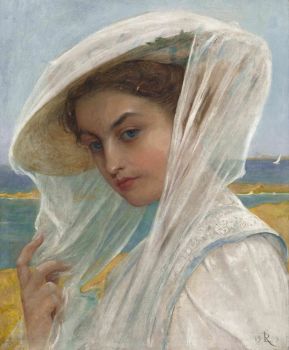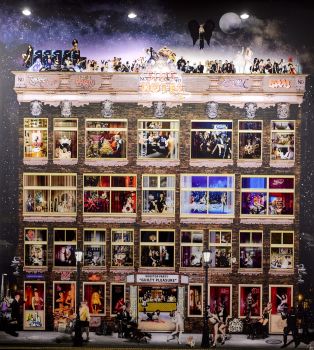About the artist
Hulsbergen moved to Amsterdam in 1927, where he studied at the Rijksacademie, as a student of Johannes Hendricus Jurres and Hendrik Jan Wolter. In 1930 he received the Royal Grant for Free Painting, which enabled him to study at the Accademia di Belle Arti e Liceo Artistico in Florence (1931-1932). He then returned to Amsterdam. In 1935 he received an accessit of 175 from the Willink van Collen Fund. In 1939 he settled with his wife in Blaricum.
Hulsbergen painted, watercolored and drew, among other things, neo-realistic portraits, landscapes and figure representations. In the 1940s his work shows influences from Cubism, from the 1960s it is mostly abstract. In 1954, he was one of ten artists selected by the Ministry of Education, Arts and Sciences to travel abroad as a cultural ambassador. Hulsbergen visited Athens and was inspired by the stories from Greek mythology.
In the 1950s Hulsbergen experimented with concrete, he made concrete paintings, but also concrete panels and reliefs that could be applied within architecture. He devised a way to color the concrete through and through and developed a process in which the concrete did not have to be poured. He was also able to make plastics. Hulsbergen called his invention, a mix of clay and concrete, meliora concrete. From 1965 Hulsbergen also made paintings with enamel.
The artist was affiliated with Arti et Amicitiae en Sint Lucas and was a member and chairman of the Gooische Schildersvereniging. He exhibited at the Centraal Museum, Hamdorff, the Stedelijk Museum Amsterdam and the Goois Museum, among others. His work is included in several museum collections.
Hulsbergen passed away at the age of 87.


